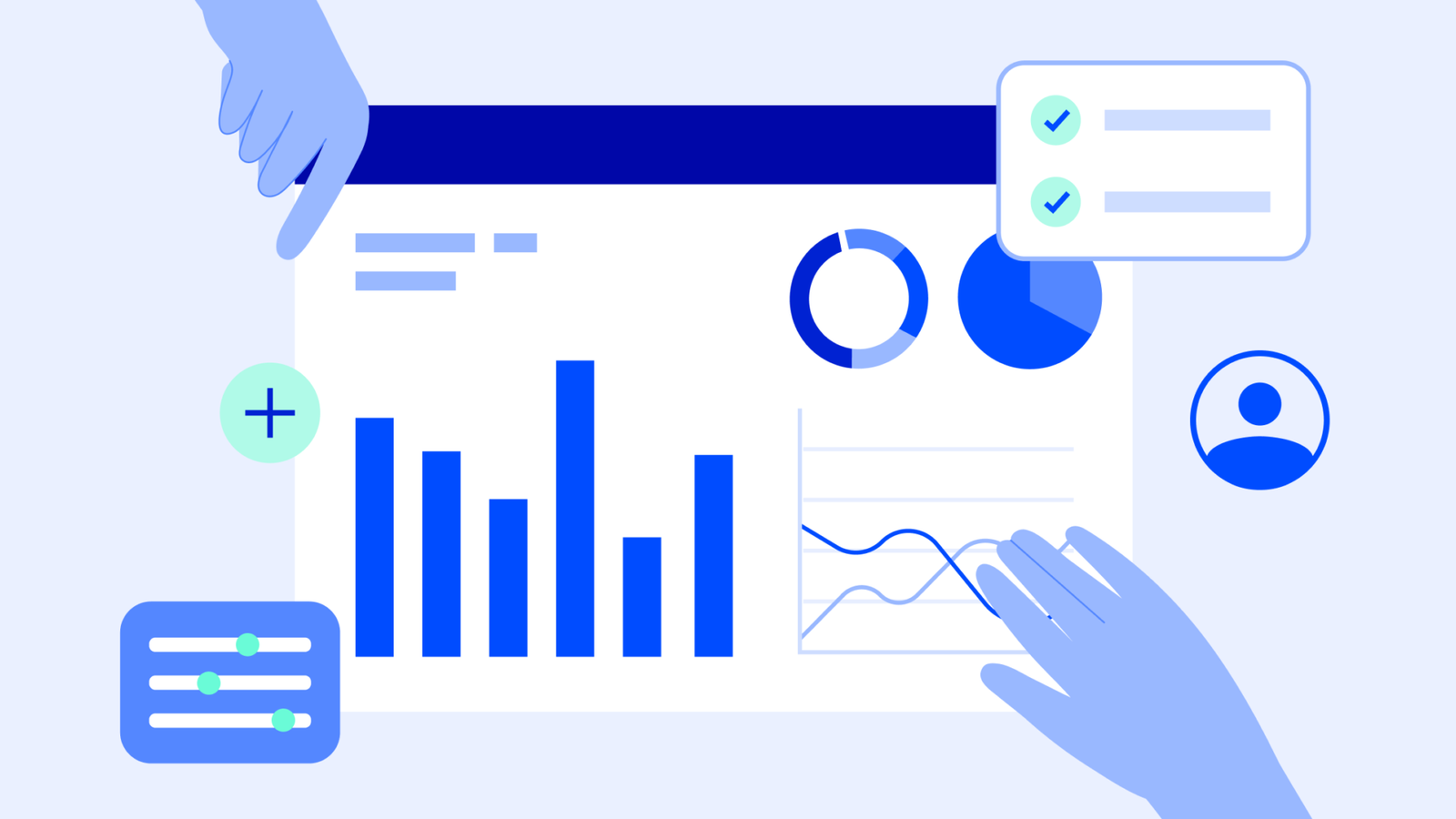What is better than understanding your contacts perfectly? The ability to understand how your contacts are interacting and interpreting your content makes creating future engaging content that much easier.
In this guide, we will go over the ways that you can use Custom Reports. Custom Reports will help you generate insightful reports so you can gain a better understanding of your contacts from all perspectives.
Before we dive in, let’s start with some vocabulary terms that will help us learn along the way.
Dimensions: the attribute that you are measuring
Example: Think tag or deal
Measures: how you are measuring your dimension
Example: Think count or average value
Filters: how you isolate the specific dataset you want to work with
Example: Think segments
Pivots: a way to organize your report by multiple dimensions
Looks: a specific visualization or mini-report, can be shared or personal
Dashboards: a collection of looks, can be shared or personal

Introduction: Boone’s Bandanas
Boone’s Bandanas, an eCommerce business, uses custom reports for many metrics in an effort to better understand their customers. Boone’s Bandanas leveraged the power of Custom Reports to gather data like product trends, measuring contact growth through tags, and reporting on metrics in campaigns.
These custom report metrics can all help create more tailored experiences for contacts in the future.
Customers can decide what metrics they want their custom reports to deliver. To build a report, select the dimensions and measures you want to use. It is here that filtering will allow you to further specify your report.
Your dimensions can be defining factors for many different things in your business, like tags.
Boone’s Bandanas & building Custom Reports
Boone’s Bandanas uses the Engagement Tagging Automation series: Part 1 & Part 2 to measure levels of engagement with their customers. As contacts return to make second and third purchases, they also use tags to identify repeat customers.
In short, Dimension + Dimension = Measures. Building an equation of dimensions (engagement and multiple purchases) will allow you to get a defined measure or result.
Once you have created the data that you want to work with, you can start to filter, create looks and put together custom dashboards.
What is the important information that you need to gather to understand your businesses insights?
Certain ways to organize your dashboards may correspond to different parts of your business. Since you are able to create multiple dashboard views, either personal or shared, you want to be sure that each view contains the information you need.
Boone’s Bandanas & Marketing Custom Reports
Boone’s Bandanas uses two main dashboards; a marketing dashboard and sales dashboard.
Our marketing dashboard includes reports like:
- Automation Completes
- Campaign Clicks and Opens
- Campaign Tags
- Split Test results from previous campaigns
These looks will give us instant insights into what marketing efforts are working and what we may need to rethink.

When getting specific metrics through our custom sales dash, the goal of our Custom Sales Dashboard metrics is to use metrics that help us understand things in order to make smarter decisions and close deals faster. Sale-focused custom reports work to keep all sales reps on the same page and working towards the same goals.
Boone’s Bandanas & Sales Custom Reports
Shifting to a sales mindset, Boone’s Bandanas wants to track CRM-focused data like:
- Stage
- Status
- Value
- Last contacted date
- Additional custom fields

Creating dimensions that then extend to measures and filterable data allows Boone’s Bandanas to focus on deals that are ready to close and/or deals that may need a bit more nurturing.
Creating Calculations
If you are considering exporting your newly built data to a Google Sheet or Excel Spreadsheet to create specific formulas with your data, stop right there. You can use a tool in custom reports called Calculations.
Using dimensions and measures will allow you to create data that tells a story. This is creative reporting built to define multiple metrics at the same time. If you are looking for quick wins that will give time-specific metrics, Calculations will build that data for you.
Boone’s Bandanas & Calculations
To better understand the percentage of open deals from week to week in their Sales pipelines, Boone’s Bandanas started using Calculations. In order to achieve this, they built a report using the following:
Deals → Created Month & Deals Status → Open + Count (Measure)
This look provides all of the given information. In the data table, they clicked on Calculations and created that percentage, thus giving them the information they needed to understand this change from week to week.
Conclusion
Think about the data you want to collect that will help you make better business decisions for your customers. Custom Reports will help you get what you need and lead you in the right direction for improving business performance & processes.
For more information on how to begin building your custom reports, follow our Help article here.

